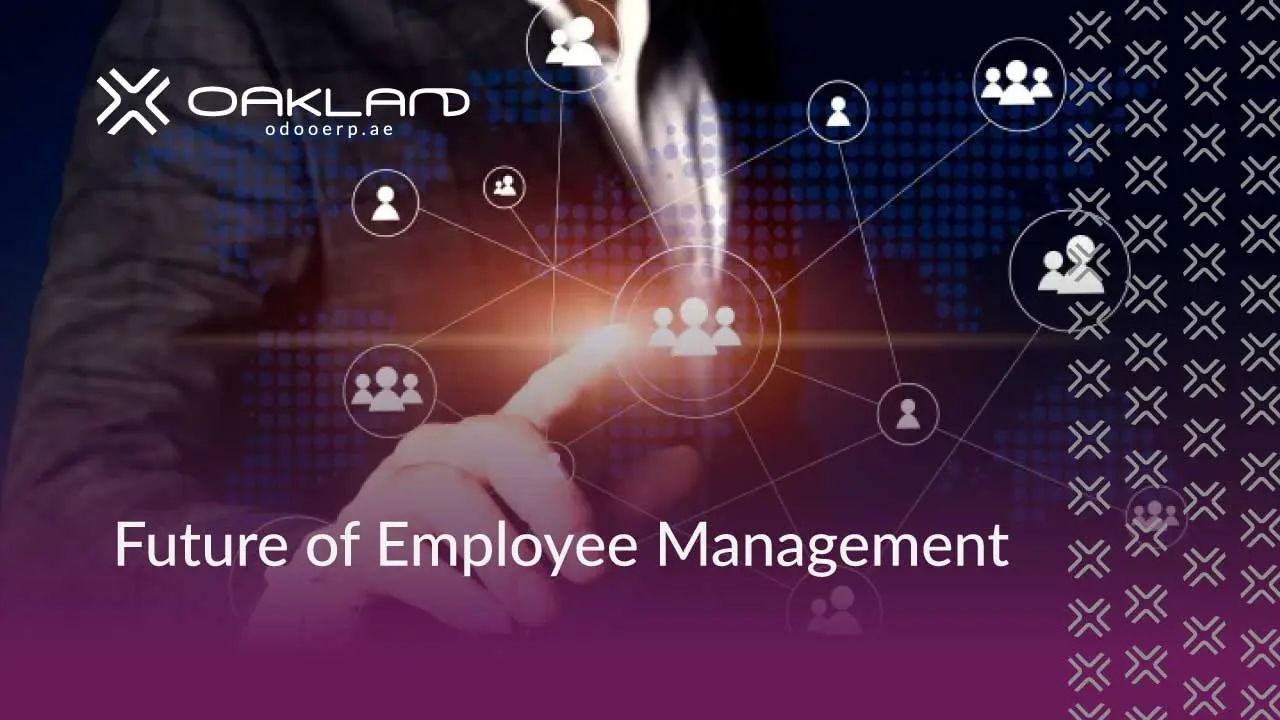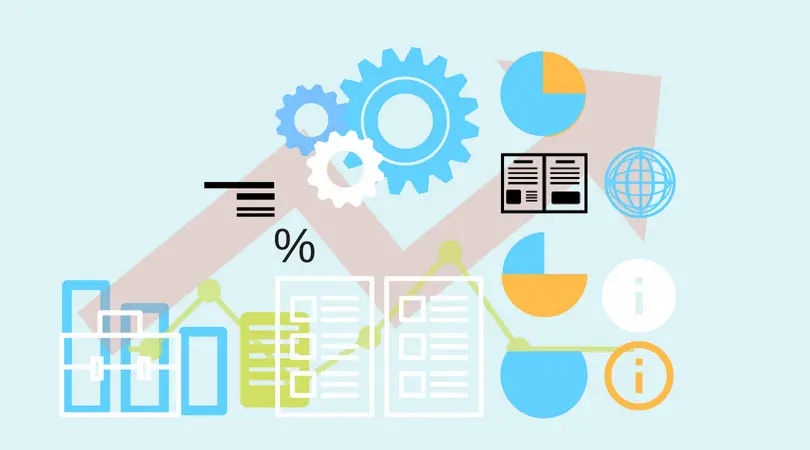Unveiling the Future in Employee Management
Human resources are the lifeblood of any successful organization. A high-performing team significantly impacts both the quality and quantity of your output. From the initial search for suitable candidates to fostering a positive working environment, your HR division plays a pivotal role in the entire employee lifecycle.
This is where Odoo HR management software comes in – designed to streamline your HR processes and elevate employee management to new heights. From recruitment and onboarding to attendance tracking and performance evaluation, Odoo HR apps empower your organization with efficient, automated solutions.
What Do HR Managers Really Do?
HR managers are the custodians of an employee’s journey within a company. They are tasked with bringing in new talent, meticulously interviewing candidates, and selecting those who best fit the required roles. Beyond recruitment, HR oversees necessary training, administers benefits, and manages crucial aspects like days off, sick leaves, and promotions, ensuring the well-being and development of the workforce.
How Odoo HR Management Software Help Your Business Grow?
While small and medium businesses might initially manage employees with ease, larger corporations or those aspiring for significant growth often face daunting challenges. Handling tens or hundreds of employees can become incredibly complex. To overcome these difficulties, Odoo has developed a comprehensive suite of apps specifically for HR management.
The Odoo ERP software offers 6 core modules for Human Resources Management: Employees, Recruitment, Time Off, Appraisals, Referrals, and Fleet. Each of these Odoo HR management apps boasts various capabilities designed to help organize and run your HR operations smoothly and efficiently.
Streamlining Recruitment with Odoo HR Management Apps
Recruitment is a foundational task for any HR team, aiming to identify and attract top talent to fill vacant roles. When expanding your business, the need for numerous new employees can make this process incredibly complex. Reviewing hundreds of CVs and interviewing shortlisted candidates can be time-consuming and cumbersome.
Odoo Recruitment simplifies this entire process, making it easier to attract candidates and efficiently manage their applications. This single app can streamline every step. You can quickly prepare compelling job advertisements with all essential information, clearly defining the required skills and qualifications. For reviewing CVs, Odoo allows you to easily sort and categorize applicants, making the selection process more straightforward and efficient.
Optimizing Time Management with Odoo Software
While focusing on hard work and productivity, management must also recognize the importance of rest. Ensuring employees get adequate rest is crucial for maintaining focus and overall well-being. Every company offers paid leaves annually, but managing these effectively for a large workforce is challenging, especially ensuring absence doesn’t disrupt workflow.
The Odoo Time management app offers an easy way to organize vacation schedules and track employee leave. It provides a clear overview of days taken and remaining balances. Furthermore, it simplifies the request process for days off, allowing HR managers to quickly check availability and approve or decline requests efficiently, ensuring continuous productivity while fostering a relaxed work environment.
Leveraging Data to Evaluate and Empower Your Team
A significant part of the HR department’s role involves improving employee productivity. Effective improvement requires accurate insights into individual performance. Odoo Appraisal is the perfect management tool for this, not only facilitating employee development but also enabling genuine appreciation for hard work.
With Odoo Appraisal, decisions regarding promotions, salaries, and raises become much more straightforward and data-driven. You can easily determine who merits a promotion based on measurable performance. This app can significantly enhance employee loyalty, as their contributions are consistently recognized and rewarded.
Comprehensive Odoo HR Management System Software
Here are some specifically focused Odoo HR Apps designed to empower your HR management system:
Odoo HR: The core HR app offers comprehensive features for managing employee information, contracts, time off, attendance, and recruitment. It centralizes HR operations and automates various tasks.
- Odoo Payroll: This app automates payroll calculation, taxes, and deductions, integrating seamlessly with other HR modules for accurate processing.
- Odoo Employee Directory: Maintain detailed employee profiles, contact information, job titles, and departments for simplified collaboration.
- Odoo Recruitment: Streamlines the entire recruitment lifecycle, from job posting and applicant tracking to interviews and candidate evaluation.
- Odoo Appraisal: Conduct employee performance appraisals, set goals, track progress, and provide effective feedback for continuous improvement.
Transform Your Employee Management with Odoo HR management software today!
This is just a glimpse of the extensive capabilities Odoo offers. If you’re managing a growing team or seeking to optimize your HR operations, discover how our HRMS Cloud Solutions can transform your Human Resources and fuel significant business growth.
Contact us today to Schedule a FREE Demo and see Odoo software for hr management in action!



